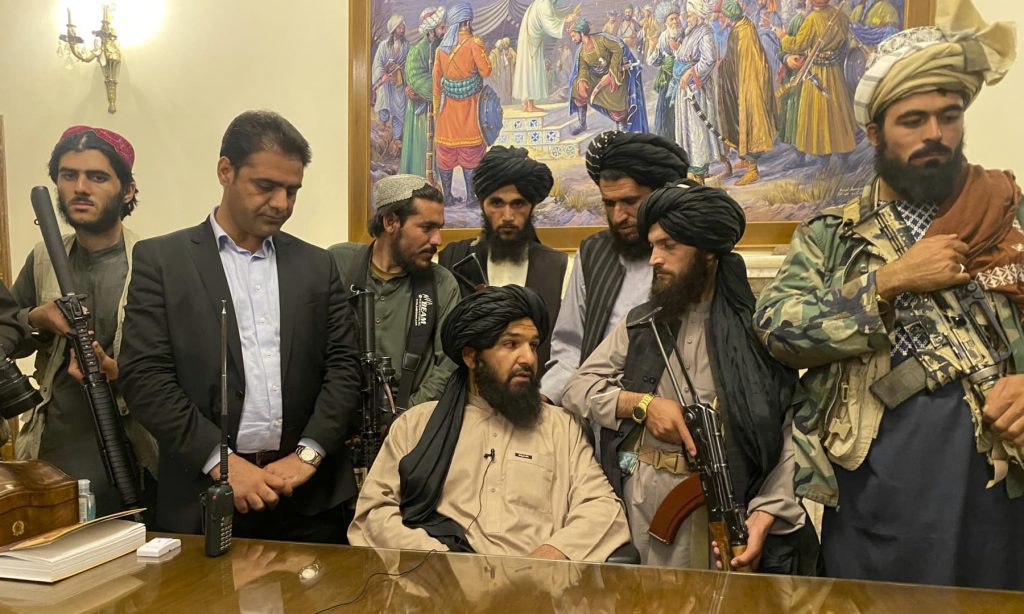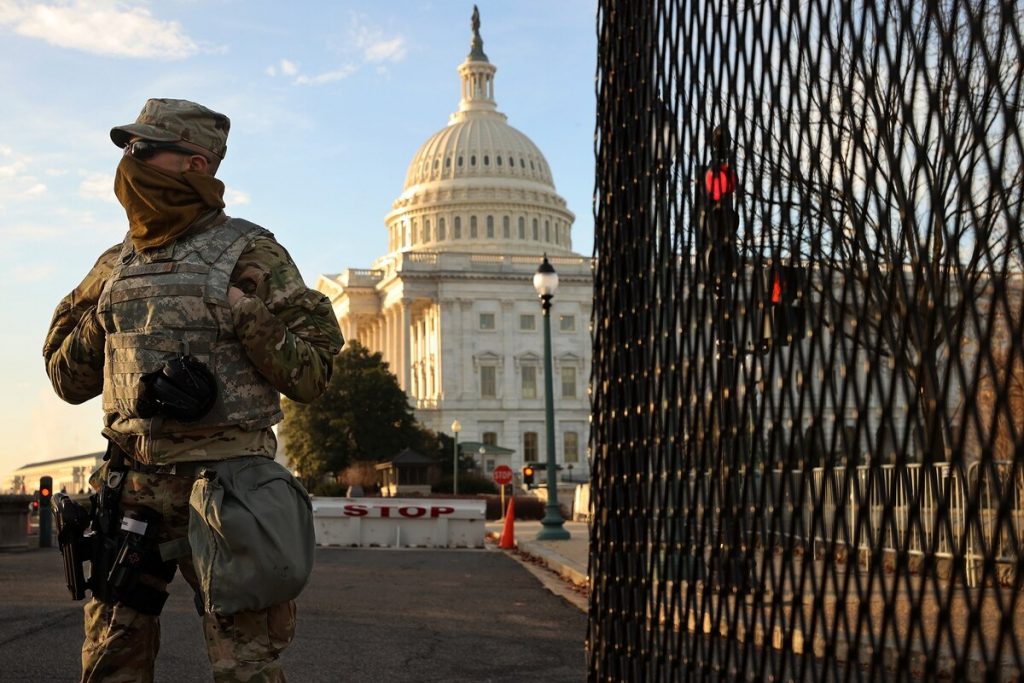
I certainly didn’t think that this would be the topic that got me back to the blog, but here we are.
Let me caveat this by acknowledging that I’m no expert on Afghanistan, and looking back over the archives here, I see I’ve not written much about it, beyond noting some of the more recent absurdities, like dropping a $16 million “mother of all bombs” on a cave to target a few dozen ISIS-affiliated fighters, or mercenary Erik Prince’s proposal to privatize the war and pay for it by stealing Afghanistan’s mineral wealth.
Almost exactly three years ago, in August 2017, I noted that President Trump, with his first policy speech on Afghanistan, was taking ownership of a foreign policy failure that was at that point three presidencies in the making. A year later, his administration entered into peace negotiations with the Taliban (tellingly, the actual Afghan government was not included in the talks), which culminated in a Feb. 2020 agreement in which Trump pledged to remove all US troops by the end of May 2021. In return the Taliban agreed to play nice.
This April President Biden announced that the withdrawal would be carried out in full, but pushed the timeline to the end of this month. We know the rest of the story.
Unlike me, actual experts have had some smart things to say. For example, my friend and fellow academic Steve Saideman, who has written books about the NATO mission in Afghanistan and Canada’s experience there, has two new posts over at his blog where he looks at some of the big questions emerging from the Taliban’s victory.
Another academic blogger, Dan Drezner, is well worth reading on the international relations and US foreign policy implications of the fall of Afghanistan. His big takeaways, that the damage to the US here is not in terms of raising doubts about American resolve but rather policy competence, are ones that fully agree with.
I was on the radio less than a week ago repeating what was then the conventional wisdom, that the Afghan government would likely only be able to hold off the Taliban for 90 days or so once the US withdrawal was complete. Turns out it only took six days, with our withdrawal still in process.
What has perhaps been the most shocking to observers, pundits, and policymakers alike is the stunning collapse of the Afghan National Army, one we spent 20 years and hundreds of billions of dollars training and equipping.
The explanation for the largely bloodless conquest of the country over the last several days may lie less in American or Western failures of training or equipping than in a collective failure to understand Afghan society. As Anatol Lieven writes in Politico, the pattern witnessed over the last several weeks, in which Afghan government security forces surrender to Taliban units, often without firing a shot, is one that has persisted since the Soviet occupation and the decades of civil war that followed:
I remembered this episode three years later, when the Communist state eventually fell to the mujahedeen; six years later, as the Taliban swept across much of Afghanistan; and again this week, as the country collapses in the face of another Taliban assault. Such “arrangements” — in which opposing factions agree not to fight, or even to trade soldiers in exchange for safe passage — are critical to understanding why the Afghan army today has collapsed so quickly (and, for the most part, without violence). The same was true when the Communist state collapsed in 1992, and the practice persisted in many places as the Taliban advanced later in the 1990s.
This dense web of relationships and negotiated arrangements between forces on opposite sides is often opaque to outsiders. Over the past 20 years, U.S. military and intelligence services have generally either not understood or chosen to ignore this dynamic as they sought to paint an optimistic picture of American efforts to build a strong, loyal Afghan army. Hence the Biden administration’s expectation that there would be what during the Vietnam War was called a “decent interval” between U.S. departure and the state’s collapse.
While the coming months and years will reveal what the U.S. government did and didn’t know about the state of Afghan security forces prior to U.S. withdrawal, the speed of the collapse was predictable. That the U.S. government could not foresee — or, perhaps, refused to admit — that beleaguered Afghan forces would continue a long-standing practice of cutting deals with the Taliban illustrates precisely the same naivete with which America has prosecuted the Afghanistan war for years.
A lot of smart (and not so smart) people are now going to pivot to the “lessons learned” portion of the American adventure in Afghanistan. Lieven, I think, has the most important part figured out:
The point is that America’s commanders and officials either completely failed to understand these aspects of Afghan reality or failed to report them honestly to U.S. administrations, Congress and the general public.
We can draw a clear line between this lack of understanding and the horrible degree of surprise at the events of the past several days. America didn’t predict this sudden collapse, but it could have and should have — an unfortunately fitting coda to a war effort that has been undermined from the start by a failure to study Afghan realities.


